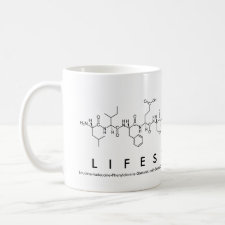
Authors: Sellergren B
Article Title: Important considerations in the ''design'' of receptor sites using noncovalent imprinting.
Publication date: 1997
Journal: Abstracts of Papers of the American Chemical Society
Volume: 213
Issue: (IEC)
Page numbers: 97.
Abstract: Receptor sites capable of distinguishing between molecules having minor structural differences can be prepared by noncovalent imprinting of templates in network polymers. Initially, these polymers are prepared considering functional group complimentarity between a functional monomer and the template. The performance of these "first generation" materials is often unacceptable and a careful optimization of the variables in the imprinting process is therefore needed in order to reach the desired level of affinity and selectivity for the target compound. Depending on the separation requirements, the imprinted materials arc further associated with problems. i.e. non-linear adsorption isotherms slow mass transfer kinetics, low sample load capacities, that may need to he solved. In the above context, this talk will address options available at each stage in the process of preparing and evaluating an imprinted polymer. Recent examples of how affinity may be enhanced by applying pressure during polymerization and how the hydrophobic effect may contribute, either specifically or nonspecifically, to the observed binding will be given



Join the Society for Molecular Imprinting

New items RSS feed
Sign-up for e-mail updates:
Choose between receiving an occasional newsletter or more frequent e-mail alerts.
Click here to go to the sign-up page.
Is your name elemental or peptidic? Enter your name and find out by clicking either of the buttons below!
Other products you may like:
 MIPdatabase
MIPdatabase









